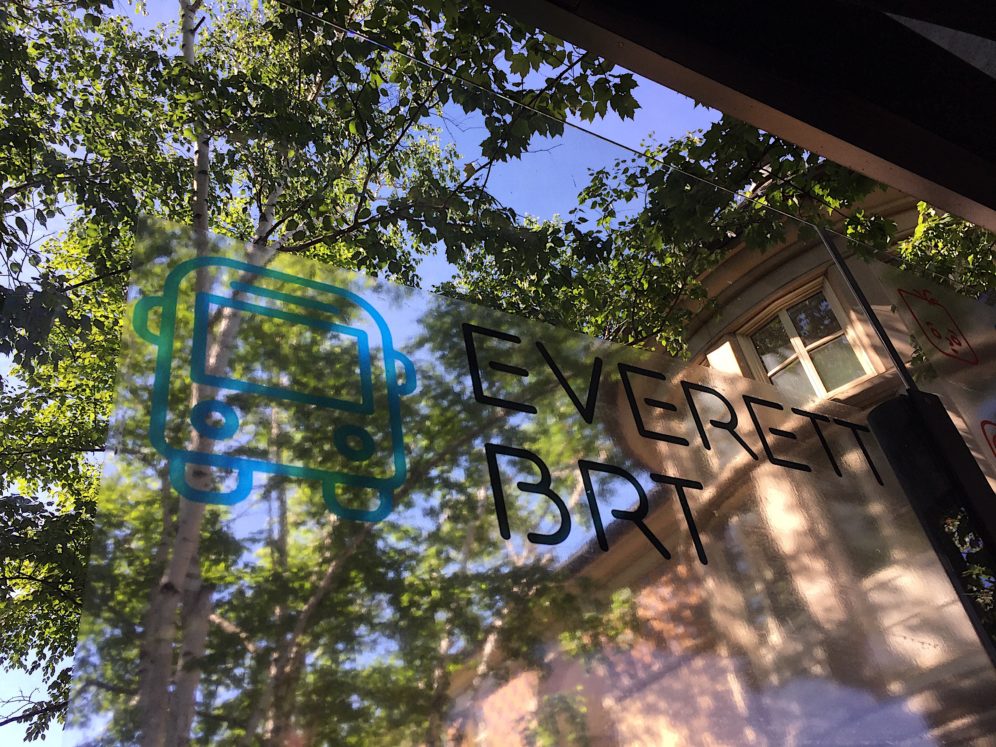
September 16, 2020
From Skeptic to Advocate: One Boston Area Mayor’s Transit Journey
ITDP’s Julia Wallerce spoke with the city’s Mayor, Carlo DeMaria, about what makes his city special, and how he’s come to embrace Bus Rapid Transit (BRT).
Everett, Massachusetts, is a city directly bordering Boston. With approximately 47,000 residents in less than four square miles—one third of whom were born outside of the United States—it is the fifth most-densely populated city in Massachusetts, and the only neighboring municipality without a rapid transit line or direct access to Boston. During the COVID-19 pandemic, Everett has suffered some of the highest infection rates in the state and, as home to many essential workers, has seen retained ridership on its four bus routes at a significantly higher rate than in other parts of the region where ridership has dropped significantly. The population has a large age range—with almost equal amounts of people of each age. The per capita income for the city is just above $20,000, which is less than half the US average. Everett’s demographics and challenges are similar to those of many US communities, making it an ideal case study for transit.
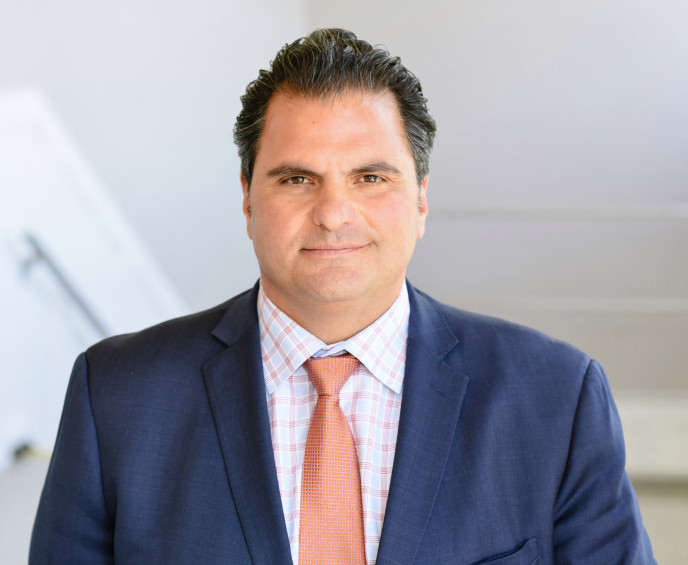
You grew up in Everett. What was the city like then?
Growing up in Everett was great. My family lived in a very densely populated neighborhood with tons of kids and people from all different backgrounds. We were always out playing on the streets because they were safe then––we didn’t have to worry about cars. The streets were not just for cars; they were for us too.
Who are the people of Everett?
Everett is everybody! We’re from all over the world really, and our neighborhoods reflect that. We’re students, seniors, families, moms and dads, blue-collar workers and white-collar workers, and we’re fortunate to not be spatially segregated like some communities.
What has changed the most about Everett since you became Mayor?
In the twelve years since I’ve been mayor, I’ve definitely seen the need for affordable housing increase dramatically. Right now, there are far more cars on our streets than there were just a couple of decades ago, and many cars are simply driving through our streets to go elsewhere. There’s a desire for more and better public transportation which is a major priority for my administration. For many years we were declining in population size, but our recent upswing has come with too many private vehicles. We need to find a way to continue to grow without choking traffic.
Has transportation always been a priority for you as Mayor, or has it evolved?
Transportation has evolved over time for me, mostly as I’ve come to understand more about our environment and the severity of our climate crisis. I look around and see how pollution from cars is impacting our environment, not to sustainable transport mention making our streets unsafe. I’ve come to realize that in order to have a clean and healthy environment we need clean and healthy transportation, and cars are simply not the solution. We need to get people out of their cars and onto public transportation, but to do that we need to make our public transportation more reliable and attractive. We can’t convince people to stop driving and take the bus when the bus is always late and gets stuck in traffic––who would do that if they didn’t have to? Everett is the only core Boston community without a subway station so we are entirely reliant on buses. If we had better transit, we could build more affordable housing without adding cars to the streets.
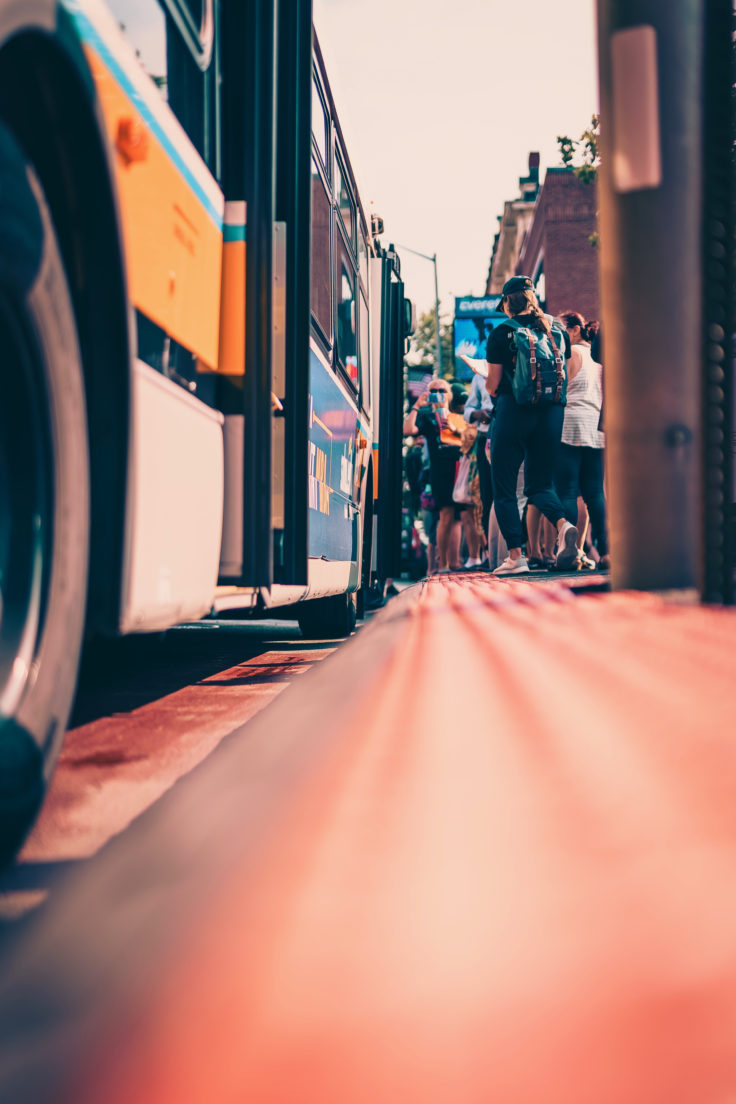
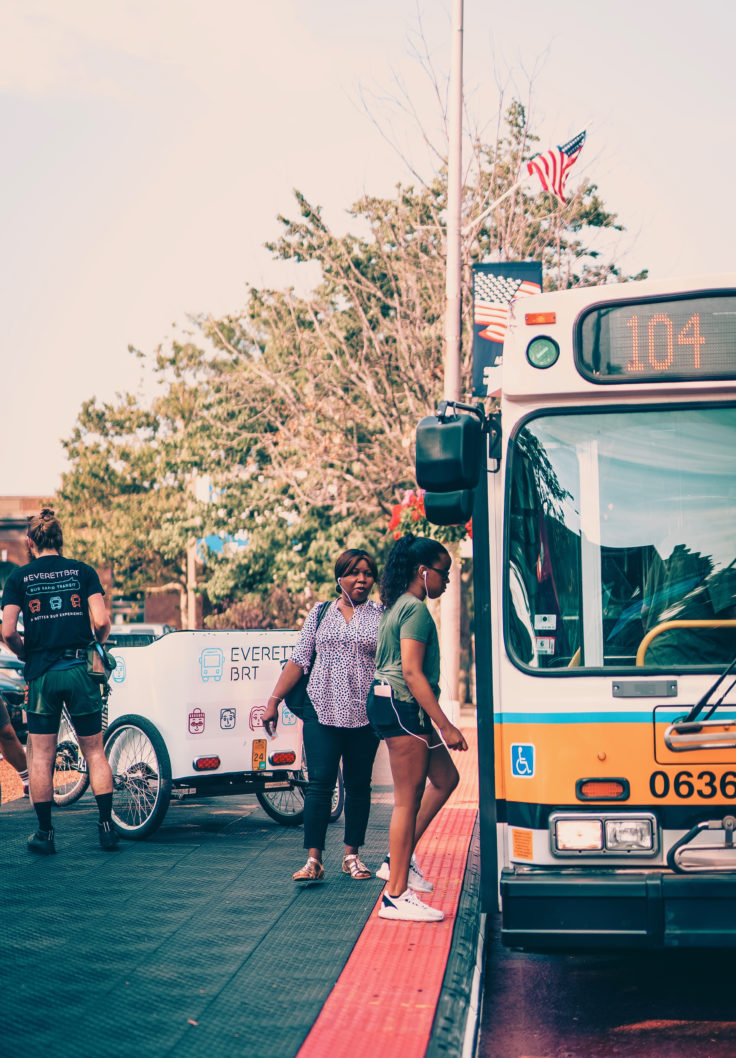
The BRT Pilot was hailed a success; Everett’s mayor hopes to implement a full BRT in the years to come.
Now let’s talk about BRT. Currently, there is no BRT in the Boston area or the state of Massachusetts. How did you learn about BRT and why do you want to see it implemented in Everett?
I had actually never heard about BRT until a couple of years ago when my transportation planner suggested we pilot a dedicated bus lane. My first reaction was that to take away some parking and give it to buses to travel during rush hour was a great idea. I knew that a parking lane wasn’t critical and that half of the people traveling in the morning were on buses that were stuck in traffic. It was an easy decision.
The dedicated bus lane we have now is great, but it’s not enough. We need to get more people out of their cars and on to the bus, and we’re never going to do that with regular bus service. I thought for the longest time that the only way to do it was through rail, but when I learned it was possible to create the same or even better level of service on our existing streets using buses, and for a fraction of the cost through BRT, it became an obvious solution.
In government, you have to be bold and try new things or nothing will get better. In my mind, it’s a moral imperative to make real and lasting changes before another generation has to suffer from the inactions of their leaders.
Who will benefit from this BRT?
Everybody! Property owners, renters, people going to work, people with kids in tow, kids trying to get to school safely, seniors who want to get on transit comfortably, college students commuting in from Everett – everybody. We want to make it easy for everyone to make that choice to ride the bus, and to make those who have no other choice to feel like they are getting around with dignity and efficiency.
What impact will this BRT have on these communities?
As a city with a high population of immigrants and minorities and overall transit-dependent populations, the BRT will take a load off their backs by making it easier and more affordable not just to get around but also to simply sustain and secure their lives here. When we have better transit, we can offer a higher quality of life because we are not making driving a car––the most expensive transportation option––the most reliable transportation option.
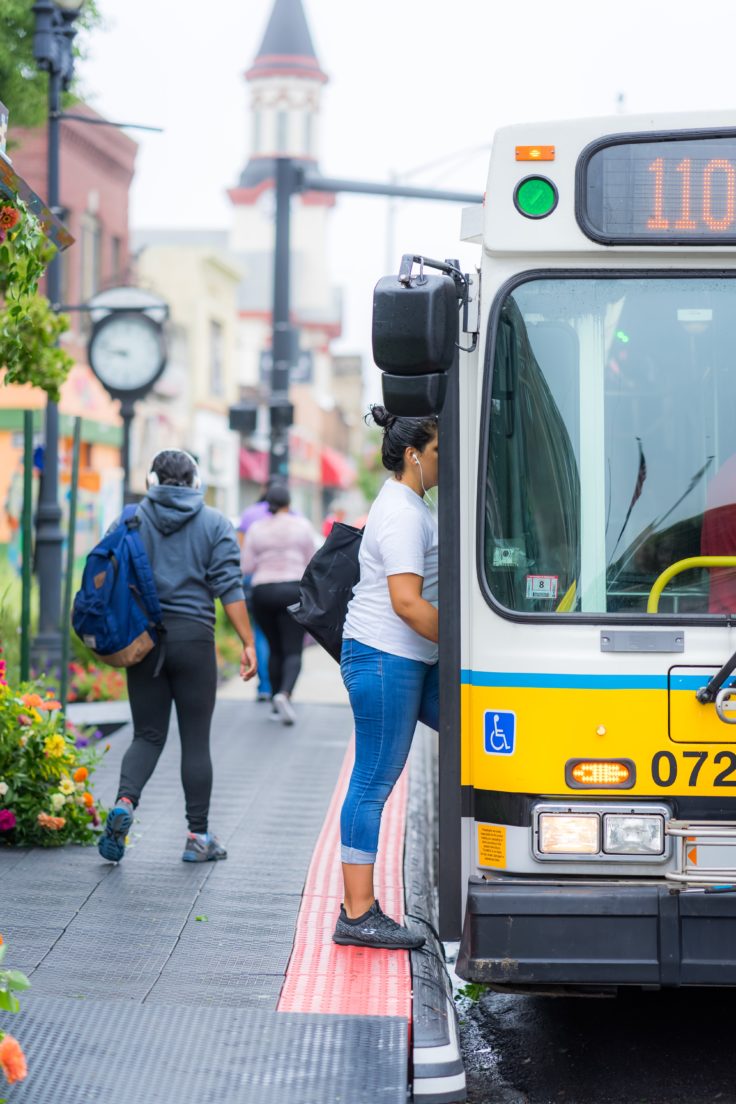
What will be the greatest challenge to get BRT up and running?
Our challenge will be in getting all the critical players on the same page to make this happen. As much as the City of Everett wants to see BRT happen, we need the state and City of Boston to help us. To unlock the benefits of a true BRT, we need it to be a one-seat ride, not a leg of a journey that includes a forced transfer to a train or another bus. ITDP has done some great analysis on this for us and that will continue to be helpful as we make our case for why the BRT needs to take people all the way into the city center.
We’re thinking outside the car lane, and even outside the bus lane. Making that case to agencies like the MBTA (Massachusetts Bay Transportation Authority) and MassDOT (Massachusetts Department of Transportation) will be a challenge, but we’re up for it.
What is your overall vision for the city of Everett and how will BRT help make it happen?
My overall vision for Everett is one where people from the entire income spectrum can afford to live and call our city home; where streets are safe and clean. Transit will become central to the pulse of our community. I envision an Everett where people can leave their car at home or not own a car at all and still get where they need to go comfortably and reliably. We can’t do any of those things without great public transit. And so really, BRT is a means to an end for me and for Everett. BRT will be a driving force behind getting us there.
